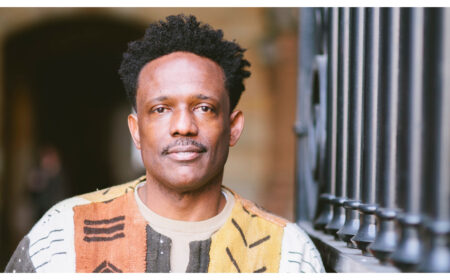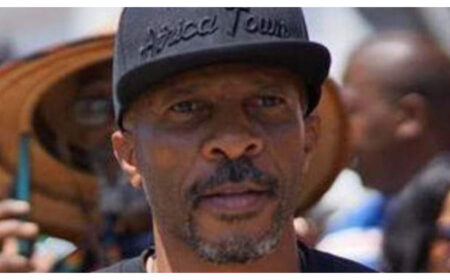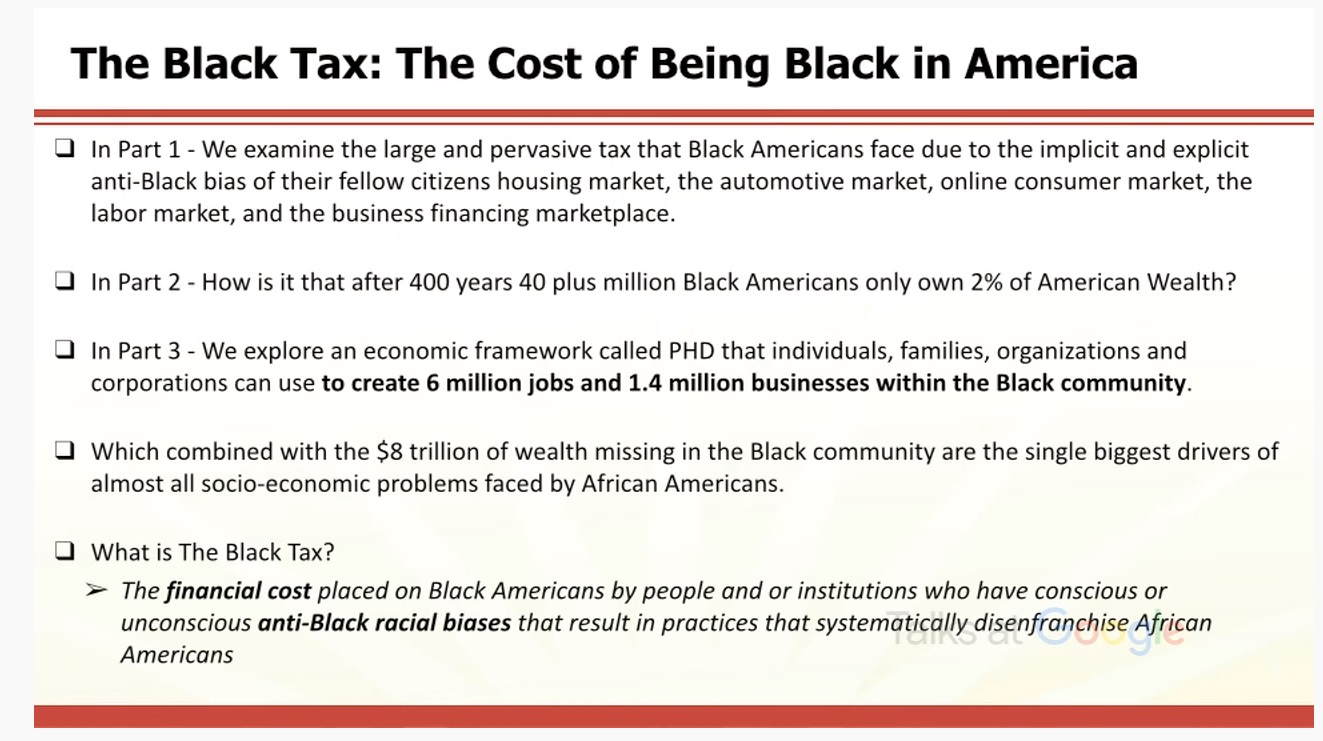Report: White D.C Residents Outliving Their Black Peers by At Least 9 Years, a Gap That’s Persisted for Over 15 Years
July 2, 2016 | Posted by
A recent study by Georgetown’s School of Nursing and Health Studies revealed stark disparities between the measures of health for D.C.’s white and African-American residents.
According to the report, the average Black man in D.C. has a life expectancy of 68.8 years, a whopping 15 years shorter than his white counterpart. Meanwhile, the average Black woman is expected to live 76.2 years, nine less than the average white woman.
The 16-page analysis, titled “The Health of the African-American Community in the District of Columbia: Disparities and Recommendations,” examined social determinants like tobacco use, access to care, education, and air and water quality. The study linked several racial differences in health to the “structural or institutionalized injustices in social, economic, political, and environmental systems.”
According to the Washington City Paper, authors of the study used data from the U.S. Census Bureau, National Institutes of Health, and other federal and local health agencies to compile their report.
While the Affordable Care Act has helped more D.C. residents gain access to quality healthcare, the NHS report found that African-Americans haven’t benefited as much as other racial groups. For instance, Black men are still the most likely group in D.C. to be homicide victims. The study also found that the majority of the city’s older residents are struggling to get basic needs like housing.
“Historically, we’ve placed more emphasis on the health care system as a means of addressing the problem and less emphasis on complex social factors,” NHS assistant professor and report author Christopher King said in a release. “We can have the best health care in the world, but if we don’t live in communities that make it easy to make healthy choices, we’re less likely to see an improvement in health.”
Other racial disparities included in the report include:
- African-American residents are six times more likely to die from diabetes-related complications.
- Black residents are twice as likely to die from coronary heart disease and have high blood pressure than their white counterparts.
- The rate of obesity for African-Americans is 43 percent, the highest in D.C.
- African-American residents are “more than two times more likely to report 15-30 days of poor mental health.”
- 2013 infant mortality rates: 9.9 per 1,000 among Black residents, compared to 1.7 per 1,000 among white residents.
- Black residents are 3.5 times more likely to live below the poverty line.
Despite the disparities and dismal measures of health, the report managed to deliver a few doses of good news, too. For example, over 90 percent of Black adults and children in D.C. are medically insured. Another “85 percent of Black residents receive routine medical checkups — the highest percentage of all racial and ethnic groups” in the district.
“As the city continues to experience rapid growth and economic progress, proactive efforts are needed to address policies, practices, and norms that perpetuate segregation and inequitable distribution of resources — disproportionately burdening African American residents,” the report reads.
As solutions, the authors suggest healthcare and hospital reforms, asserting that medical institutions apply “a racial equity lens in how care is delivered” and ensure “leadership at all levels is a reflection of the community served.”
The extensive report will be submitted to Mayor Muriel Bowser and the D.C. Commission on African-American Affairs, Washington City Paper reports.
A similar report released by the Centers for Disease Control in May found that the national life expectancy gap between Blacks and whites had actually decreased. The average Black person in America has a life expectancy of 75.6 years, 3.4 years less than the average white person. That’s the smallest gap on record thus far, Atlanta Black Star reports.
“Blacks are catching up,” University of Pennsylvania demographer Samuel Preston told The New York Times. “The gap is now the narrowest it has been since the beginning of the 20th century, and that’s really good news.”







